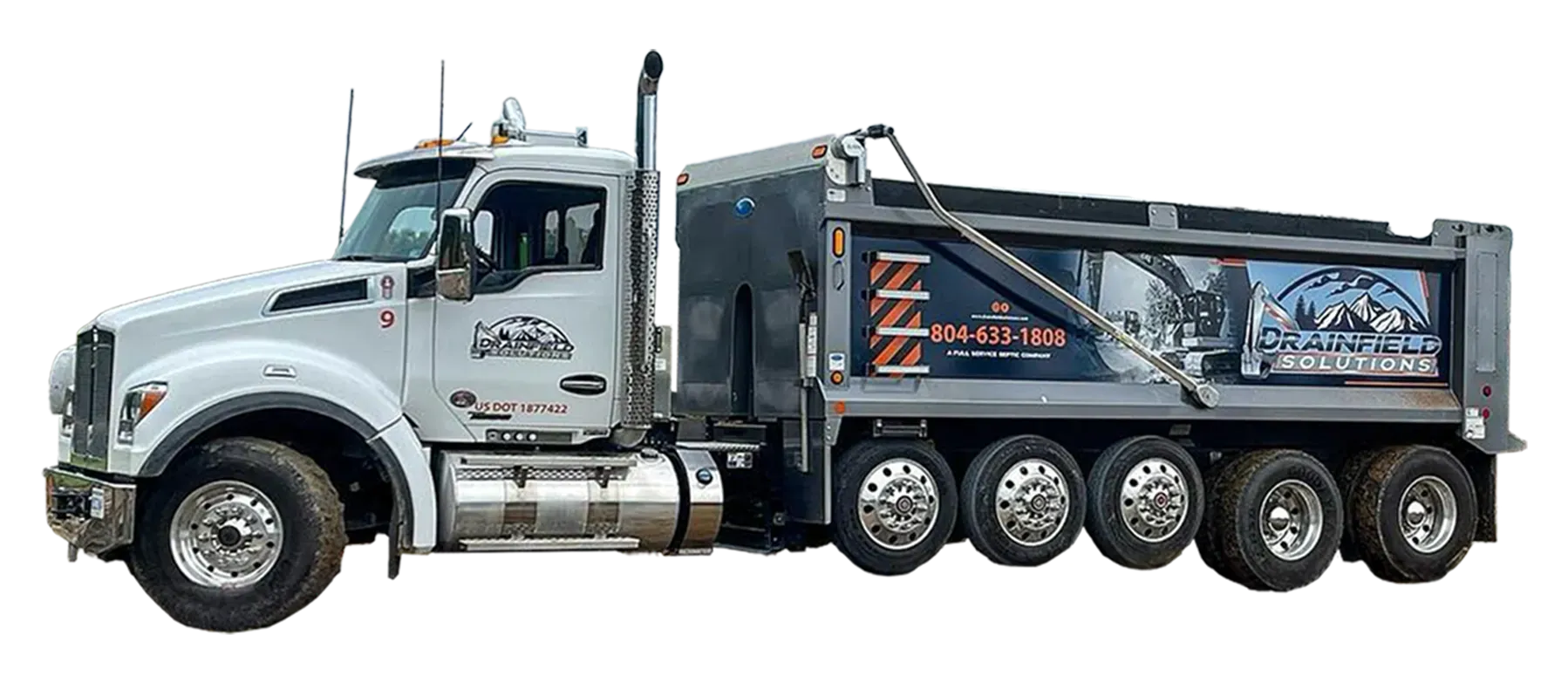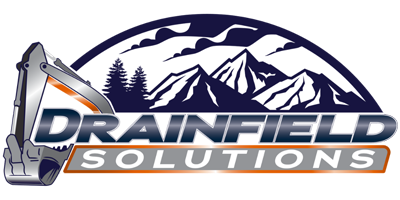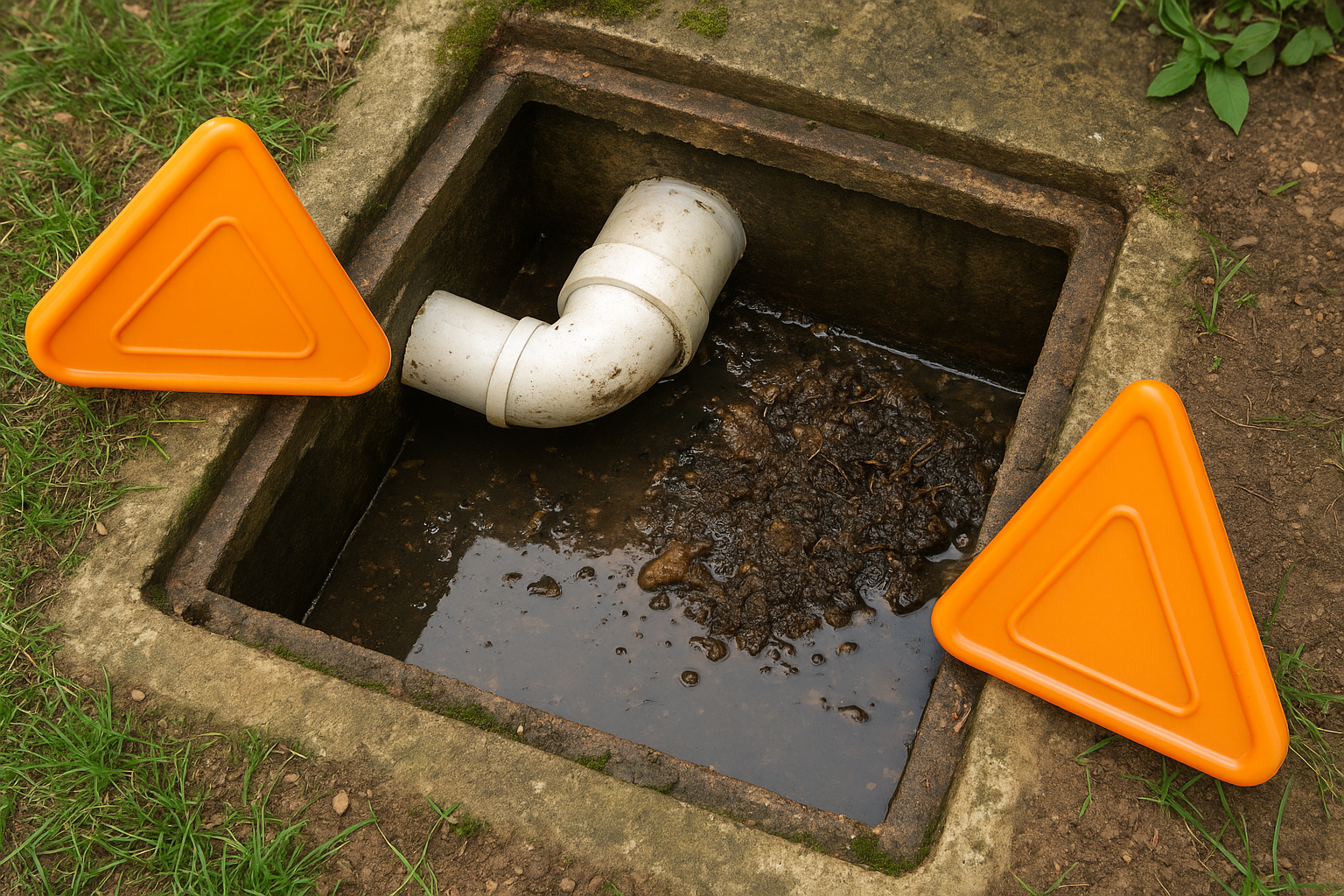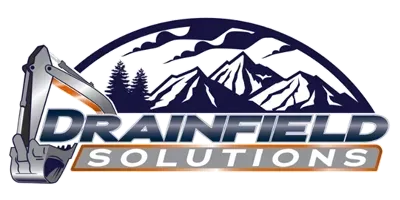
Discover 5 Alternative Septic Systems for Challenging Sites
November 15, 2024
In an ideal world, every property would have the perfect conditions for a traditional septic system drainfield. However, for many homeowners, factors such as poor soil drainage, high water tables, or limited space make installing a conventional drainfield impractical or impossible. Fortunately, there are several alternative drainfield solutions that can effectively treat wastewater even in challenging environments. This blog will explore the most common 5 alternatives and explain how they work, who they’re best suited for, and the advantages and disadvantages of each.
Why a Conventional Drainfield Might Not Work
Before diving into the alternatives, it’s important to understand why some properties are not suitable for conventional drainfields. A traditional drainfield relies on the soil to filter and treat effluent as it slowly percolates through the ground. However, the success of this system depends on several factors, including:
1. Soil Composition:
If the soil is too dense, such as clay-heavy soil, it may not allow wastewater to drain effectively, leading to oversaturation and system failure. Conversely, if the soil is too sandy, it may allow water to move through too quickly, reducing the time available for filtration.
2. High Water Tables:
A high water table means that the groundwater level is close to the surface. This can lead to effluent contaminating the groundwater before it has a chance to be properly treated by the soil.
3. Property Size or Slope:
Small properties or properties with steep slopes may not have enough room to accommodate a traditional drainfield or may face challenges in evenly distributing wastewater across the drainfield.
4. Environmental Concerns:
Homes located near sensitive water sources, such as rivers, lakes, or wetlands, may be subject to stricter regulations that require alternative systems to protect water quality.
Common Drainfield Alternatives
If your property faces any of these challenges, don’t worry—there are several alternative systems designed to handle wastewater effectively in less-than-ideal conditions. Here’s a look at some of the most popular options.
1. Mound Systems
A mound system is one of the most common alternatives to a traditional drainfield. As the name suggests, the system involves building an elevated mound of sand, gravel, and soil on top of the natural ground. The drainfield is installed within this mound, allowing effluent to be treated before it enters the natural soil below.
How It Works:
- Effluent from the septic tank is pumped into a distribution system installed in the top of the mound.
- The effluent then trickles down through the sand and gravel, where it is treated by microbes and filtered by the layers of soil.
- By the time the effluent reaches the natural soil, it has been treated and can safely enter the groundwater system.
When to Use a Mound System:
- Poor Soil Drainage: If the natural soil has a low percolation rate (such as clay-heavy soil), a mound system provides additional filtration and drainage capacity.
- High Water Table: The raised design keeps the drainfield above the water table, reducing the risk of contamination.
Pros:
- Effective in poor drainage conditions or areas with high water tables.
- Can be installed in areas with limited soil depth.
Cons:
- More expensive to install than a traditional drainfield.
- The elevated mound can be an eyesore, depending on the landscaping.
2. Aerobic Treatment Units (ATUs)
Aerobic treatment units (ATUs) use oxygen to speed up the breakdown of organic matter in wastewater. While conventional septic systems rely on anaerobic bacteria (bacteria that do not require oxygen), ATUs introduce air into the treatment process, allowing for more efficient treatment.
How It Works:
- Wastewater enters the ATU, where it is aerated by pumps or blowers that introduce oxygen into the system.
- Aerobic bacteria break down the organic matter in the wastewater, treating it more thoroughly than a traditional septic tank.
- The treated effluent is then dispersed into the soil, where it undergoes final filtration before entering the groundwater.
When to Use an ATU:
- Limited Space: Because ATUs treat wastewater more efficiently, they often require a smaller drainfield than conventional systems.
- Sensitive Environmental Areas: ATUs are ideal for areas where additional treatment is required to protect nearby water sources.
Pros:
- Provides a higher level of wastewater treatment than traditional systems.
- Requires a smaller drainfield, making it ideal for properties with limited space.
Cons:
- Requires electricity to operate the aeration system, leading to higher operational costs.
- More complex system, requiring regular maintenance and inspections.
3. Drip Irrigation Systems
Drip irrigation systems are a type of low-pressure distribution system designed to evenly distribute effluent through a series of small-diameter pipes buried just below the soil surface. This system is particularly useful for properties with shallow soil or poor drainage.
How It Works:
- Effluent from the septic tank is treated (often using an ATU or other treatment system) before being pumped into the drip irrigation system.
- The effluent is then released slowly and evenly through the drip lines, allowing it to be absorbed by the soil over a wide area.
- The slow release of effluent ensures that the soil is never oversaturated and that wastewater has enough time to be properly filtered.
When to Use a Drip Irrigation System:
- Shallow Soil Depth: If the soil depth is limited, a drip irrigation system allows effluent to be dispersed near the surface without requiring deep trenches.
- Limited Space: Because drip irrigation systems distribute effluent over a wide area, they can be used in properties where space for a traditional drainfield is limited.
Pros:
- Allows for even distribution of effluent, preventing oversaturation.
- Ideal for properties with shallow or limited soil.
Cons:
- More complex and expensive to install than a traditional system.
- Requires regular maintenance to prevent clogs in the drip lines.
4. Evapotranspiration Systems
Evapotranspiration systems rely on a combination of evaporation and plant uptake to treat and dispose of wastewater. These systems are best suited for arid or semi-arid regions where evaporation rates are high.
How It Works:
- Wastewater is stored in a shallow, lined bed that allows it to evaporate into the atmosphere or be absorbed by plants.
- As plants grow, they take up the water through their root systems, reducing the amount of effluent that enters the soil.
- The remaining effluent is evaporated, ensuring that very little wastewater percolates into the soil.
When to Use an Evapotranspiration System:
- Arid Climates: These systems are most effective in dry climates where evaporation rates are high, reducing the need for soil filtration.
- Limited Soil Depth: If soil depth is insufficient for a conventional drainfield, evapotranspiration systems offer an alternative method of wastewater disposal.
Pros:
- Very little wastewater enters the soil, reducing the risk of contamination.
- Ideal for arid climates where water conservation is important.
Cons:
- Not suitable for areas with high rainfall or humid climates.
- Requires careful design and maintenance to ensure proper operation.
5. Sand Filter Systems
Sand filter systems are another alternative for properties with poor soil drainage or high-water tables. In this system, wastewater is treated by filtering it through layers of sand before it reaches the soil.
How It Works:
- Wastewater is pumped into a sand filter, where it is dispersed over a bed of sand.
- As the wastewater trickles through the sand, it is treated and filtered by microbes and natural filtration processes.
- The treated effluent is then collected and distributed into the soil for final treatment.
When to Use a Sand Filter System:
- Poor Soil Drainage: Sand filter systems are ideal for areas where the natural soil does not drain well or cannot adequately filter wastewater.
- High Water Tables: These systems provide additional filtration and treatment before effluent reaches the soil, making them suitable for properties with high water tables.
Pros:
- Provides additional filtration and treatment for properties with poor soil conditions.
- Can be used in combination with other alternative systems for added protection.
Cons:
- Requires regular maintenance to prevent clogs and ensure proper operation.
- More expensive to install than a conventional system.
Conclusion
For homeowners with challenging site conditions, there are several effective alternatives to traditional drainfields. Whether you choose a mound system, aerobic treatment unit, drip irrigation system, or another alternative, these systems can provide reliable wastewater treatment while addressing the unique challenges of your property. Choosing the right system depends on factors such as soil composition, water table level, property size, and local regulations, so it’s essential to work with a septic professional to determine the best solution for your home.
At Drainfield Solutions, we know the critical role a well-maintained septic system plays in your home's and the environment's health. Our dedicated team of professionals is here to ensure your Central Virginia septic system receives the expert care it needs to operate efficiently and comply with all Virginia state regulations. Whether it's routine septic pumping, detailed septic inspections, or septic tank maintenance, we are committed to helping you avoid expensive septic repairs and prolong the life of your septic system.
Regular maintenance can prevent future problems and keep your home safe, clean, and running smoothly. If you live in Caroline County, Spotsylvania County, Hanover County, Stafford County, King George County, or Louisa County and you're ready to schedule your septic system service or have questions about your system, visit our
contact page
to schedule an appointment
with us today or by calling
804-633-1808. We're here to help homeowners throughout Central Virginia maintain reliable and effective septic systems.
Share Post
Latest Posts
Ready to Take the Next Step?
Whether you're in need of a system inspection or regular maintenance, Drainfield Solutions is here to help. Get in touch today for reliable service you can trust.






